For my approach to photography I find that 50mm makes sense for a lens with the greatest capacity for intimacy in an image. 90mm is my go-to for street composition involving large scale geometry and light/shadow play. 21mm is for wide scenes, and an emphasis on scale and perspective. This leaves 50 for portraits and photojournalism where I feel comfortable moving quickly through a crowd, or taking candid shots. Zone focusing is easier than with 90, which needs precision on the rangefinder for spot on focus. Everyone’s use of lenses is different, and some may prefer a 35mm for the kind of photojournalism I just described.
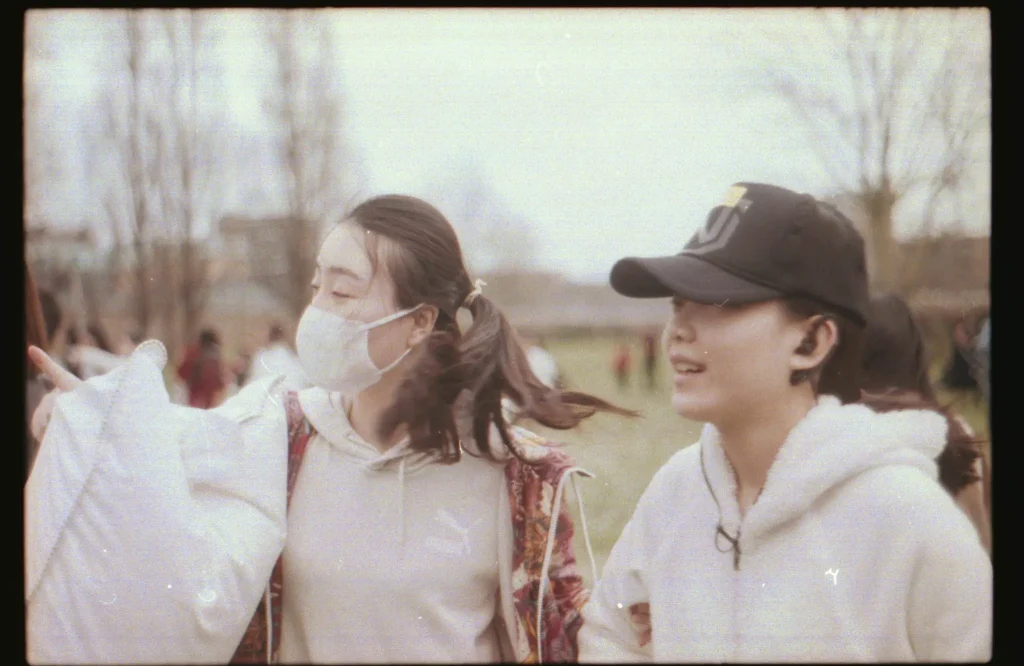
I enjoyed writing my last comparison between two 50mm lenses (here) and thought it could be interesting to continue examining some lenses that can have similar applications and purposes, but with different technical implementations. As 50mm is the focal length I own the most variations of (despite 90mm being my preferred all-rounder) I will be comparing a few different options of those before I’m likely to move onto anything else, so if you already know that 50mm isn’t a focal length you are comfortable with using then you probably won’t find this interesting.
My most used 50mm lens, until moderately recently, was the Zeiss C Sonnar (on which I wrote a short piece for Zeiss’ official blog) but I made the decision to switch to the Planar for general professional and personal use. The Jupiter-8 I’ve owned for some time now, and it spends the majority of its time fixed on the front of my Leica CL; together they are a fantastically lightweight setup for all the times I need to go out but don’t want to carry anything heavy or expensive – errands, shopping etc.

Comparing these two lenses will be interesting, as although they share similar specifications they are vastly different in usage. The main reason I chose the Zeiss Planar was it’s fantastic reputation. There are some who argue that the Planar rivals the Leica APO Summicron 50mm f/2 in sharpness – and I have to agree. Leica have refined the APO lens design which allows for extreme clarity and colour replication, and likewise Zeiss have perfected the results from their double Gauss design. I find it amazing how two distinct optical formulas can produce such similar images, and as a consumer this kind of market competition is fantastic: the Leica APO comes in at around 6k, and the Zeiss at around £600 (at the time of writing!). There was such a narrow margin of similarity between these two lenses that the Zeiss was the obvious choice, providing 98% the quality at 10% of the cost.
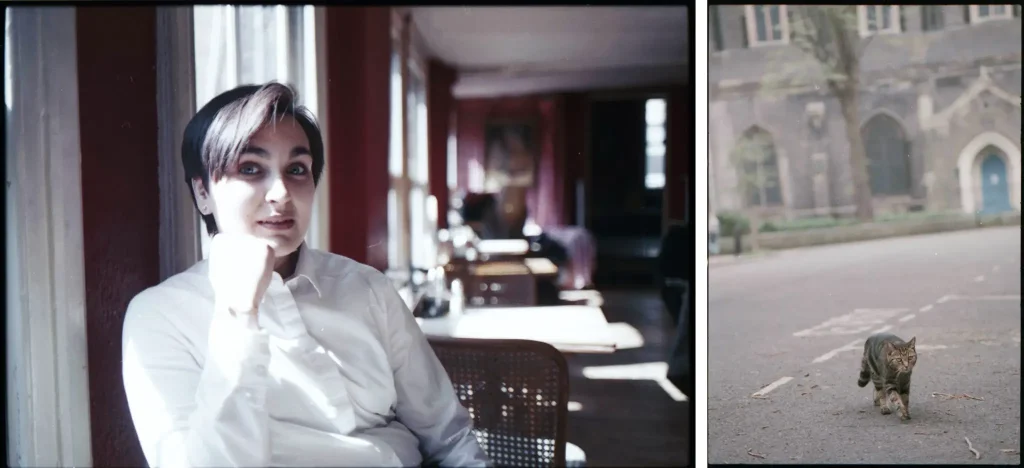
The Jupiter-8 is a more humble lens, built in Ukrainian factories but based on very early Zeiss Sonnar designs. The version I own is the PT3065 variant, which is the most commonly found version. These can be found anywhere between £10 and £200 depending on version and condition, although I would never pay more than £30 for one. Mine cost £25 in fairly good condition, and when it first arrived I dismantled it (which was easier than I expected) and gave the glass a good polish and the metal a good clean and lubrication. With the regular L39 adapter I’ve had no issues with rangefinder alignment on my 240, M10, or CL. I very rarely remove it from my CL, so the results from this lens are mainly on film, aside from images specifically shot for this write up. Without getting too deep into the film vs digital argument the most noticeable difference between my images shot between the Zeiss and Jupiter, and my M10 sensor and the AGFA 400 film will come down to the saturation and contrast provided by the lens. I try to do as little to my film scans as possible, so when comparing these images please keep that in mind!

Build Quality
The Zeiss Planar is built to a very rugged standard, which can be said about most German manufactured optics. The focusing ring is smooth and precise, and I like the solid click of the aperture ring. I’m not too sure about the ability to work in 1/3rd of a stop, which I have never really used, but I imagine for landscape or studio work it could be useful. The Jupiter on the other hand is much less “strict” about the way it is controlled, with no clicks or tactile elements to let you know what aperture you are on, or where the focus lies. I have fixed a rubber “Taab” to each of these lenses, as I find it difficult to use any lens without one. I rely on being able to focus as I raise the camera to frame, and muscle memory can only be formed if there is a way to intuitively tell whether the focus is near or far. I’ve knocked the aperture ring on the Jupiter several times, so I’ve learned to always check exactly where it’s at before I click the shutter. This is a much slower way to work than I am used to, but for film work that tends to be a good thing. There are clicked versions of the Jupiter, but not mine.
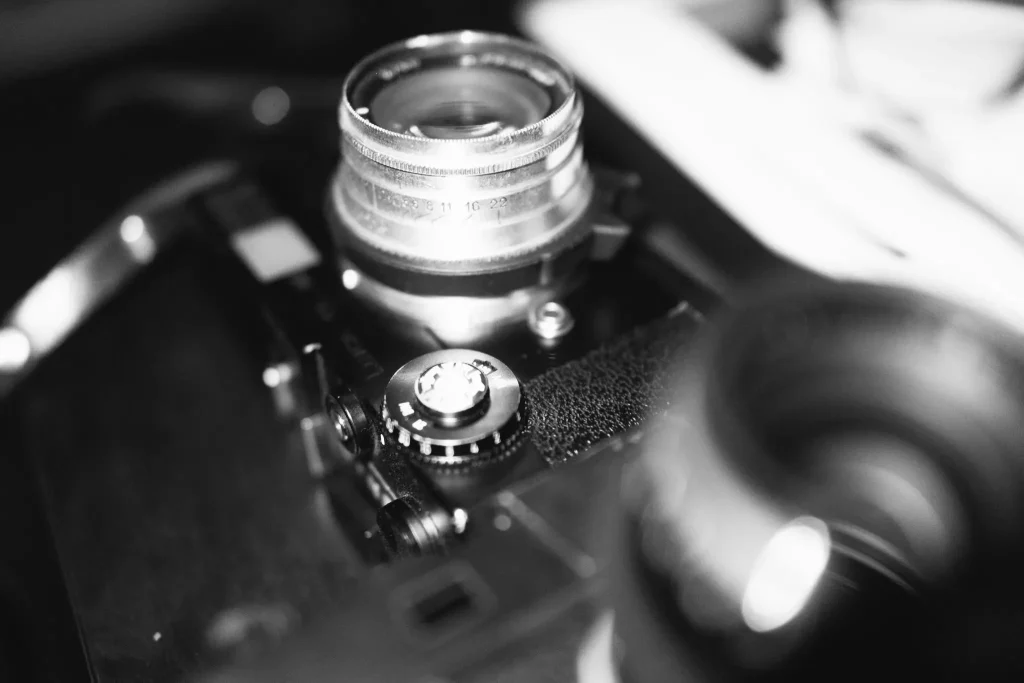
The focus throw for the Zeiss is ideal, and I have no trouble hitting moving subjects at near or far distances. The Jupiter is quite tricky, as the marking for 1m is fairly high on the ring, requiring at least two turns before it falls into place. This can be annoying for up close portrait work, as I tend to be quite close, and it becomes a chore turning the ring back and forth before I can be certain that my shot will look the way I want it to. Zone focusing on both is easy due to the standard markings around the lens barrel.

I find that although in my mind I dislike the idea of 1m as a minimum distance for close focusing in practice I tend to frame a little further back, which makes it a non-issue. However I do like the convenience of the 0.7m minimum on the Zeiss, and for detail shots or close up portraits it is not as limiting as the Jupiter. Again, this can be refined by filing down parts of the internals of the lens, something I have not attempted.
Both lenses are rangefinder coupled, although the Zeiss will be more accurate in most cases. That said, I’ve never missed a shot with the Jupiter due to poor alignment. The Jupiter fits snugly on my adapter, and I’ve never worried about it possibly unscrewing itself. Equally the Planar fits securely onto every camera I’ve tried it on, with no play or looseness. There are fewer elements in a Sonnar design than a Planar so the Zeiss is heavier although both lenses are very light, and much lighter than any of their DSLR counterparts.
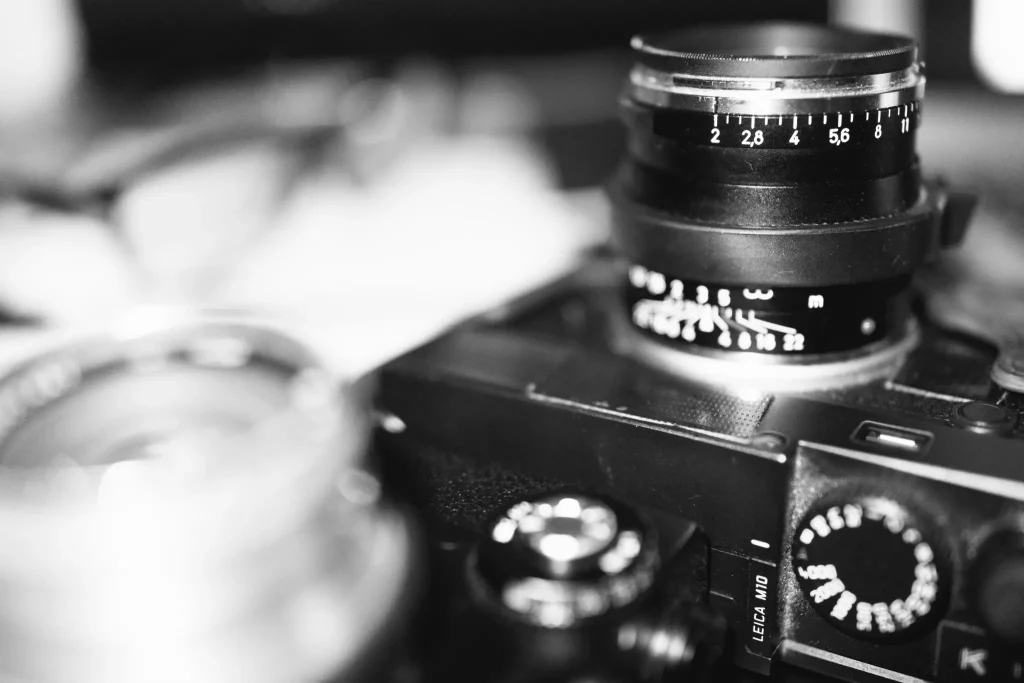
Both lenses are sturdy, but I feel more comfortable using the Jupiter in situations where myself or my cameras may incur damage. The price means that it can be easily replaced, and the aluminium shell will bend before it breaks (as it has done around the filter thread).
Image Rendering
Both lenses have a maximum aperture of f/2, however Zeiss lenses tend to be rated by their T stop measurements which relates to actual light intake rather than aperture size. They are also more efficient at light gathering due to their famous T* coating. This means that at f/2 the Zeiss Planar will perform slightly better in low light than when compared to the Jupiter-8, and even other comparable f/2 50mm lenses.

Colour clarity from the Zeiss is good, but as with any lens it will rely on correct white balance and the way the sensor or film renders for true scene accuracy. In sharpness the Zeiss Planar will outperform almost any lens on or off the market. It offers a clinical, precise rendering of the in focus area, with a rapid transition to bokeh.
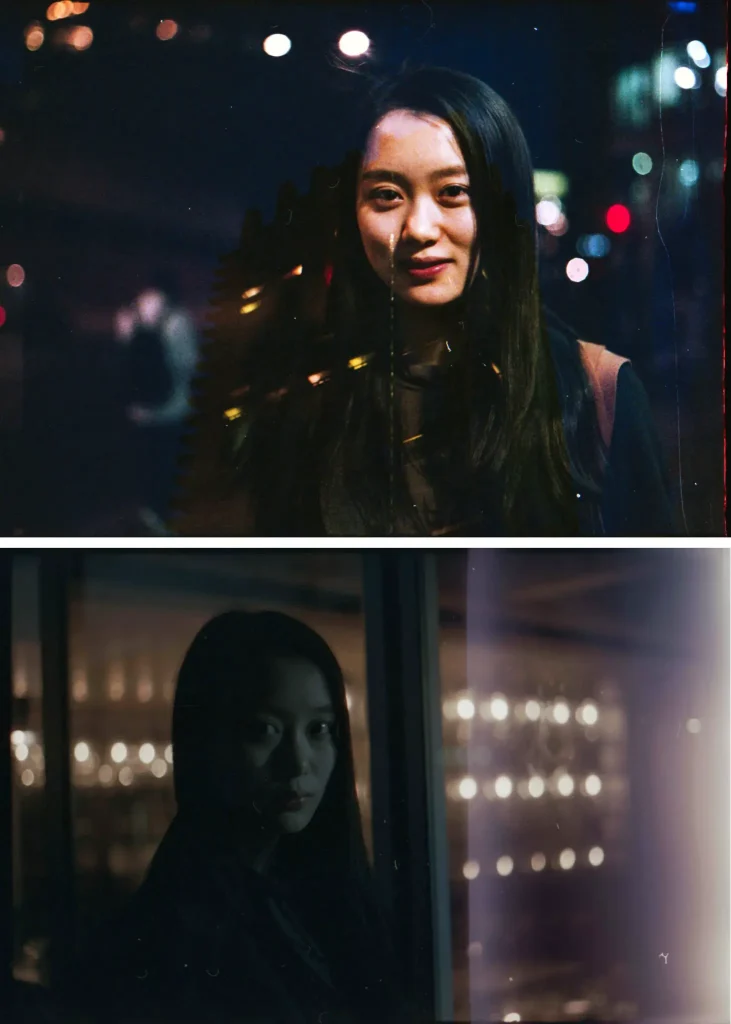
There is no competition between the Planar and Jupiter here. At all apertures the Planar beats the Jupiter for sharp images. The Zeiss also offers higher contrast between colours, as well as good rendering between highlights and shadows within an image requiring high dynamic range. It picks up small detail that may be obscured in softness or shadow when photographed with the Jupiter-8.
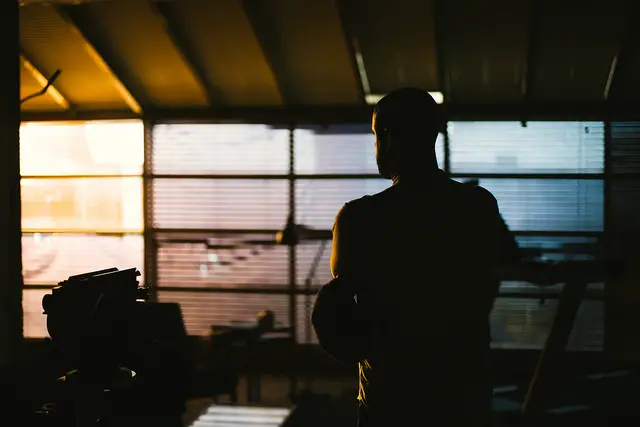
The age and origin of the Jupiter-8 means that there can be massive variations in quality even between identical models. As I said earlier, when I got mine I gave it a proper CLA before using it, and I would recommend you do the same if you are interested in using one. If not, then try and research and find the cleanest copy you can, and make sure that it performs to an acceptable standard to you – my lens performs acceptably for me, but others may look at the results and disagree.
With that said, I think that the Jupiter performs excellently in the tasks I have used it for. On film I find my subjects to be acceptably and clearly sharp, with good classic contrast and a very nostalgic feel. The colours are natural but muted on AGFA 400 which is what I tend to use as generic walkabout film.
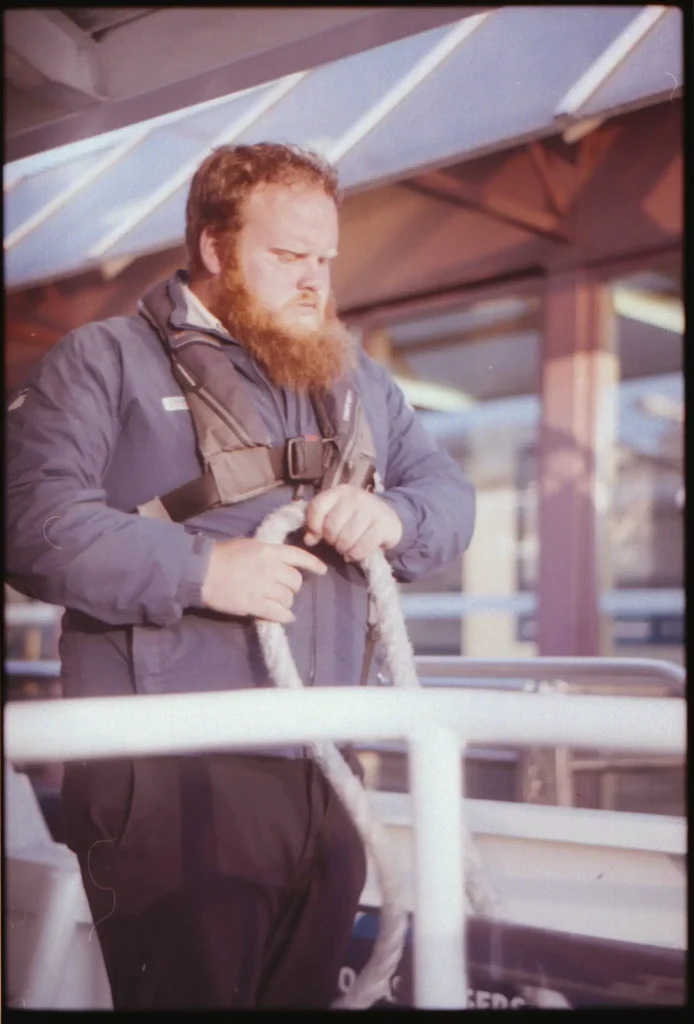
The few times I’ve switched out to the Planar on my CL I’ve found the images to be more clinical and less forgiving; colours are stronger, more saturated, and everything is noticeably sharper and more precise. Shot digitally on any camera the Planar offers consistently reliable quality in every shot. Film is a malleable, flexible medium, whereas a glass digital sensor has much lower tolerance. As such, in my opinion, for a digital rangefinder the Planar is one of the best lenses available, but only for people who are very competent with the rangefinder system and are happy shooting wide open on a system they trust is calibrated. On a film body I’d much prefer a classic lens, with classic renderings to take advantage of the forgiveness film offers when you miss focus.
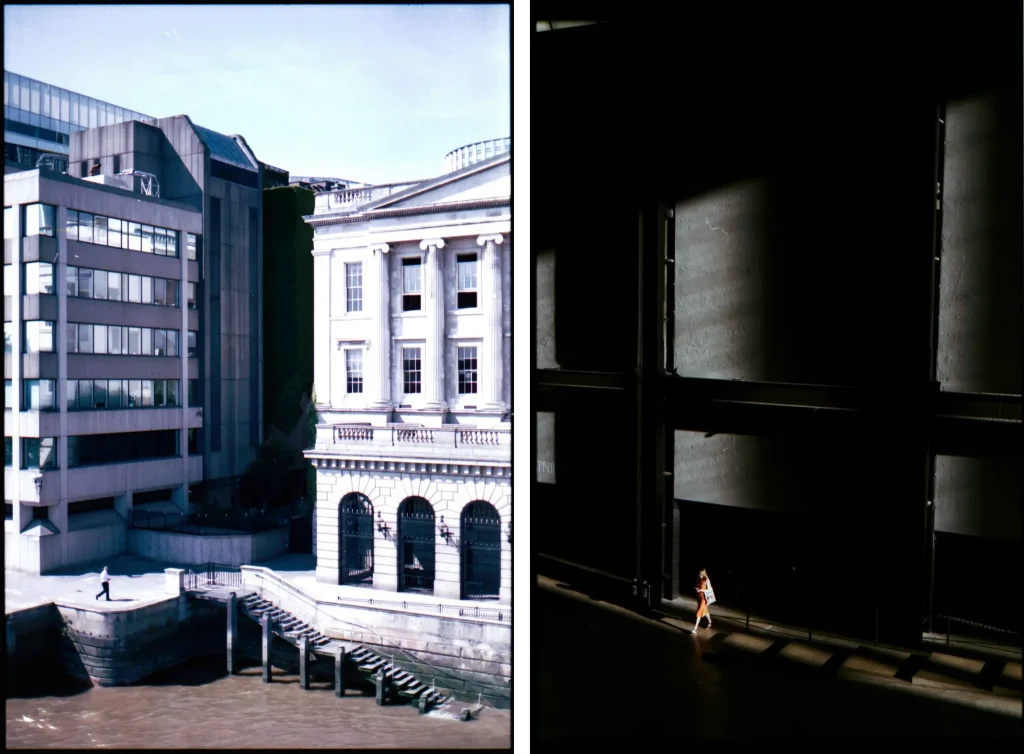
Images from the Jupiter-8 will have a nostalgic character, especially when paired with film. The transition between bokeh and in-focus is very smooth because there is less to transition between. Although the Planar is very natural the Jupiter’s overall softness means that bokeh is less intrusive across the frame.
For portraiture the Jupiter-8 is an excellent choice, with very natural rendering of skin, which can be very flattering. Again, the sharpness of the Zeiss means accurate renditions, but often it can reveal pores and blemishes which may not always be the way you want your subject to look.

A Direct Comparison
I took these two images within 30 seconds of one another, so as to eliminate any possible change in the light or movement of the subject. It is as close a direct comparison between the image quality of these lenses as I can create, using a detailed foreground and far background to compare both sharpness and bokeh. Both images were focused using the live-view on my M10 with the branches dead centre as my focus point, and were shot at ISO200, 1/4000ths.![]()
A few more shots taken from the same spots with the same settings, with the M10, all at f/2. Unedited jpg files, just merged into a single image. No 6-bit profile set for either.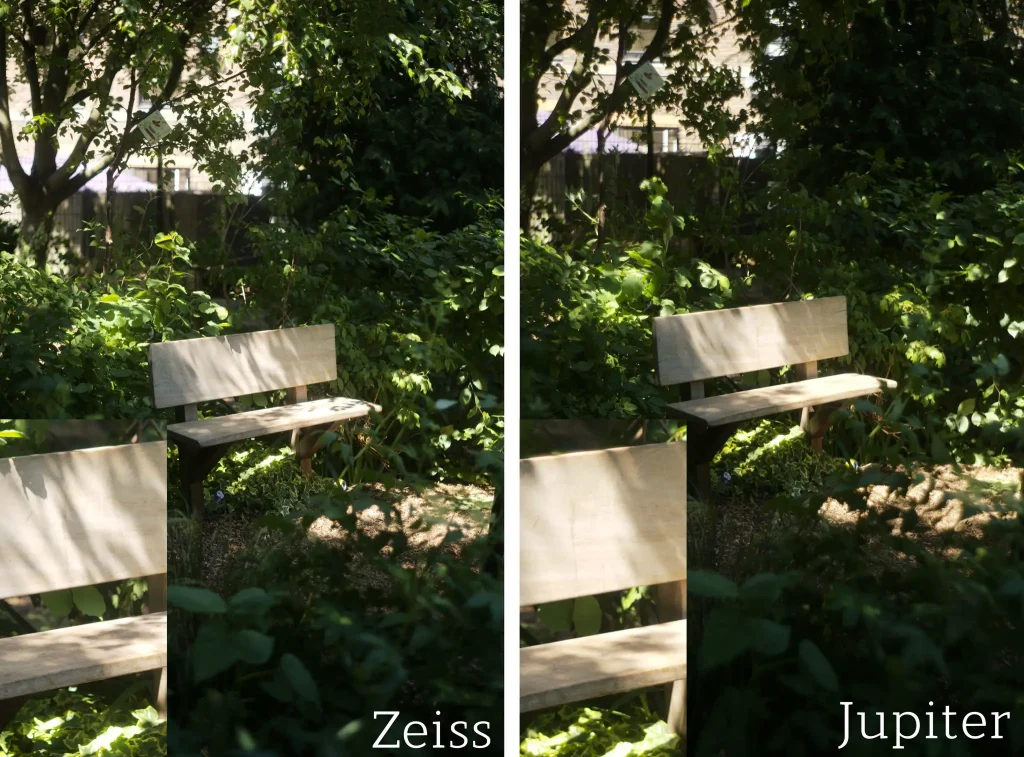

Conclusion
I’ve tried to remain balanced between the two lenses. This has been difficult, because the Zeiss Planar is one of the best performing lenses I’ve ever used. However the Jupiter is very competent, and for every single glowing thing I could say about the Planar, the counterpoint in my mind is that the Jupiter-8 costs about as much as a couple of rolls of Portra 400. There really isn’t an excuse not to own one at the price, as a lens to experiment with, to abuse in harsh conditions, and to create characterful nostalgic images at all times. It is as versatile as the Planar with an M adapter, meaning it can be used on rangefinder or mirrorless with no issues. I feel like most people will be able to justify using the Jupiter as a disposable lens, for use in rain, or in crowds where they may worry about theft or damage.

The Zeiss should be equally used of course, but with the care and consideration one should employ when using precision tool. It will produce modern looking images that will make everyone from clients to printers to pixel-peepers happy.
I’m glad that I own both, and that I have had the opportunity to use them both enough to learn the strengths and shortcomings of each. I’d recommend both lenses to anyone, but would lean toward the Jupiter as an entry 50mm option to anyone wanting to spend their money on a Rangefinder and save for the lenses later – that way the Planar enters the scene eventually, but not before the limitations of the Jupiter have been felt out.
If you still aren’t sure about the Jupiter-8 then I strongly recommend reading Hamish’s “Classic Sonnar Search” where he goes into far more detail than I ever could regarding the merits of the Jupiter-8 lens.
Thanks for taking the time to read this! If you enjoyed my thoughts on the Zeiss Planar and Jupiter-8 you might enjoy some of the other articles I’ve written for this site, which can be found here. If you like my images then consider following me over on Instagram for a constant rolling feed of my best work!
Share this post:
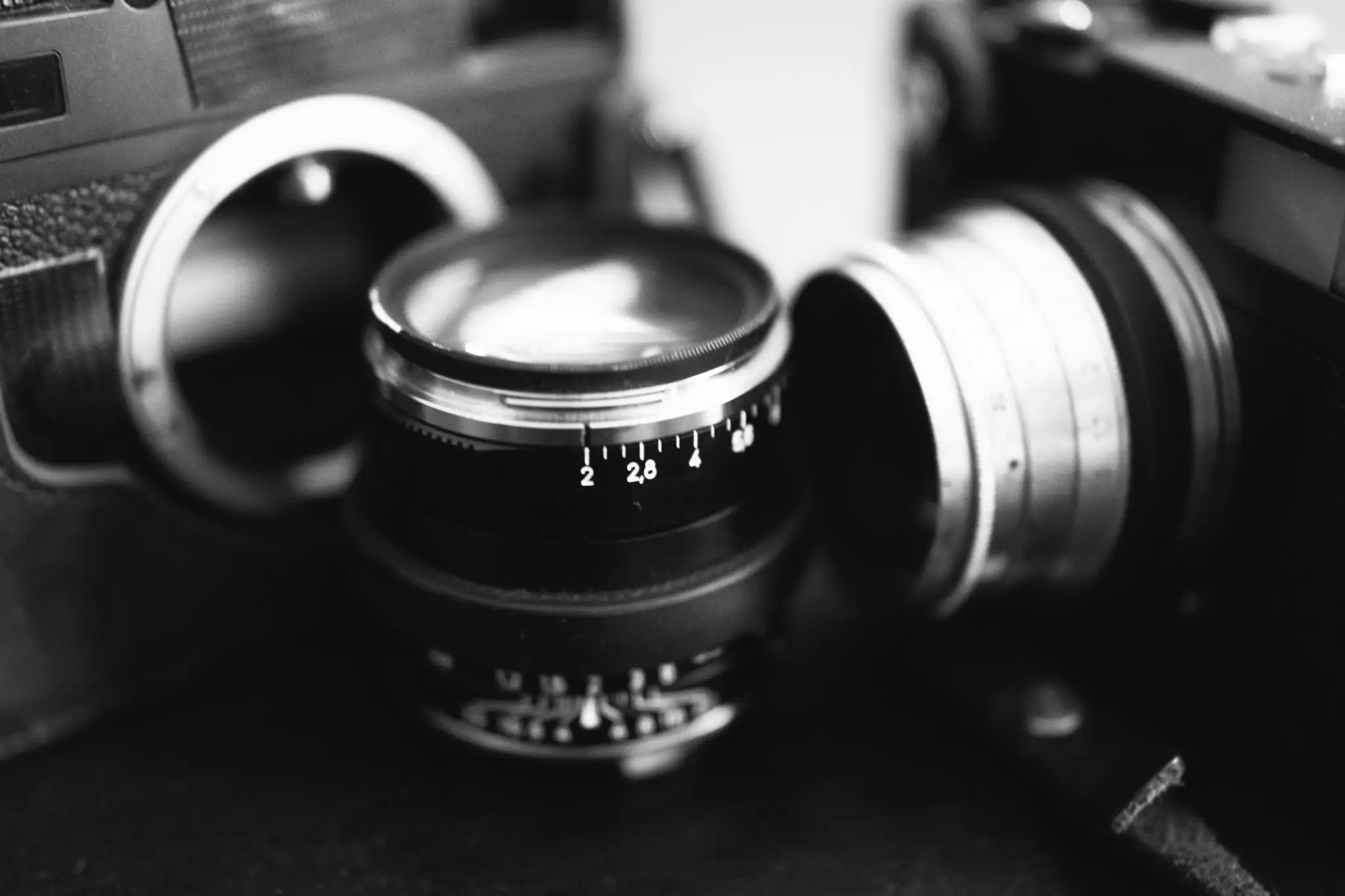
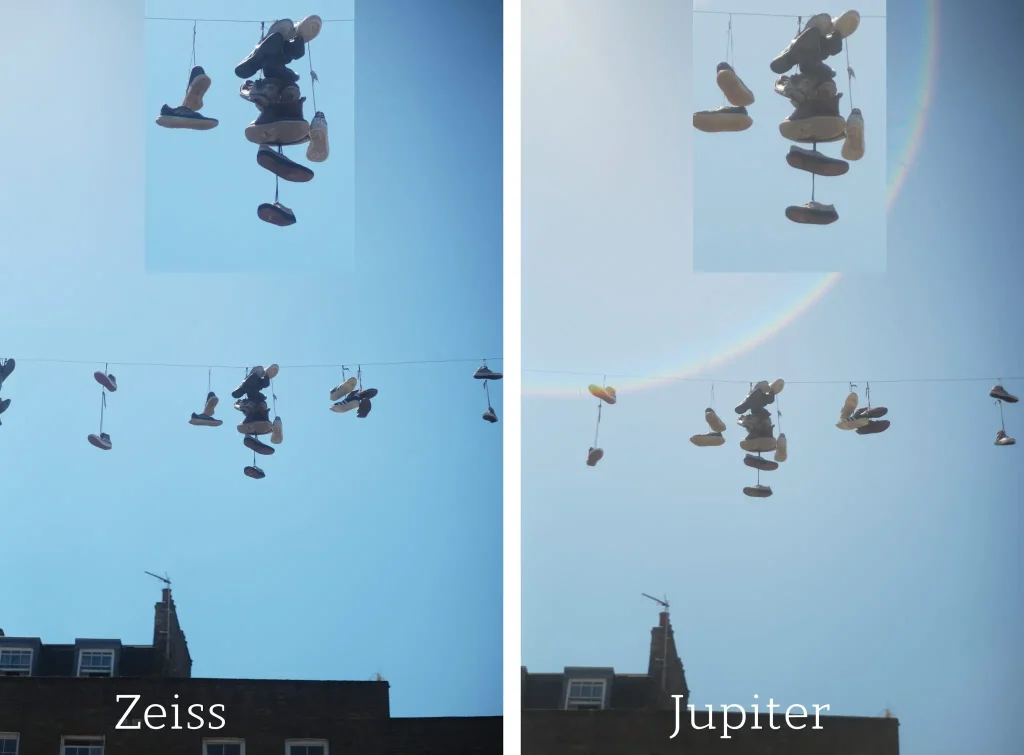
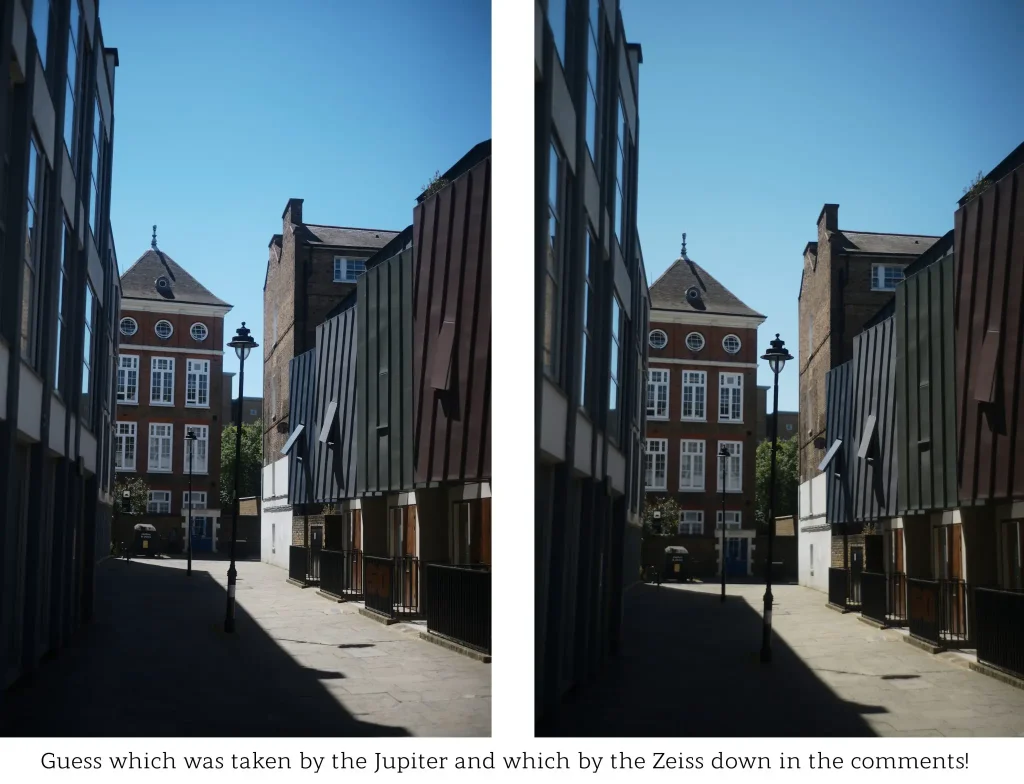
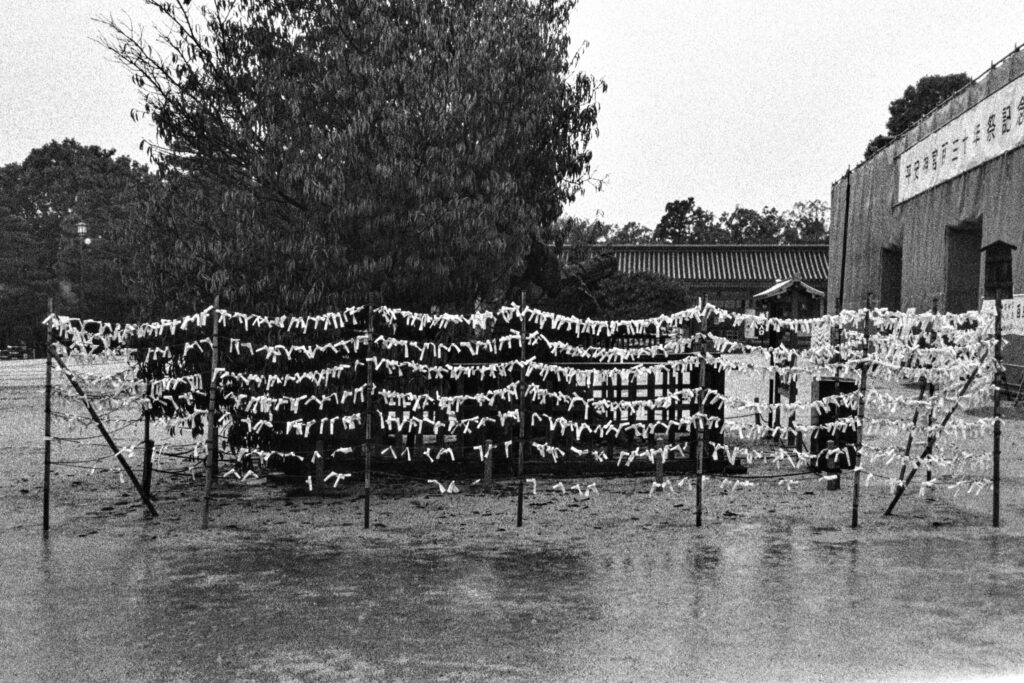
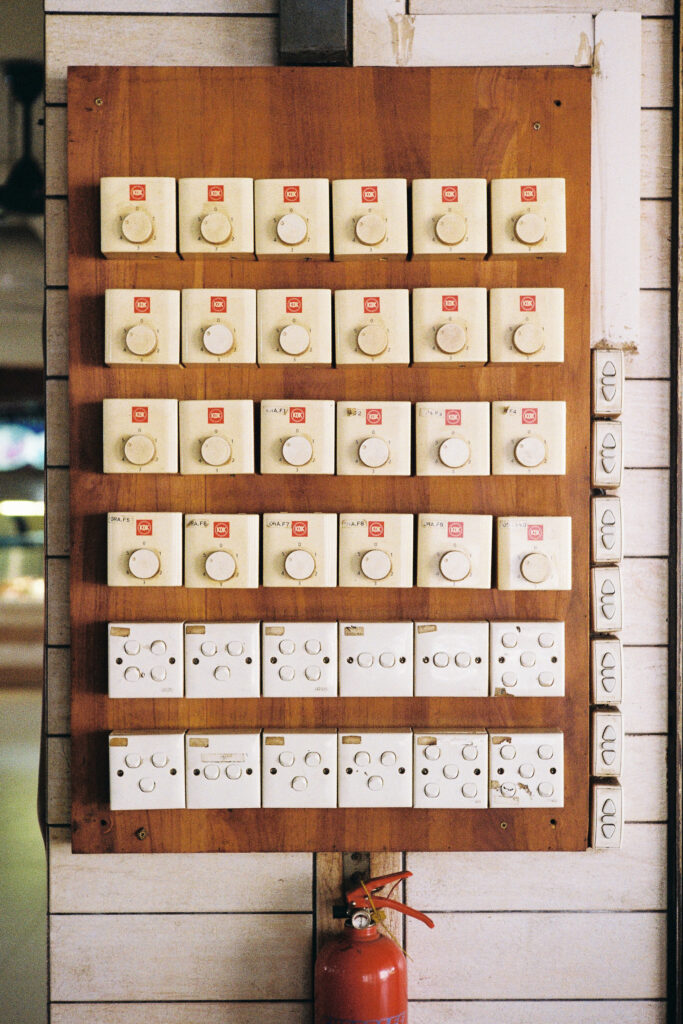

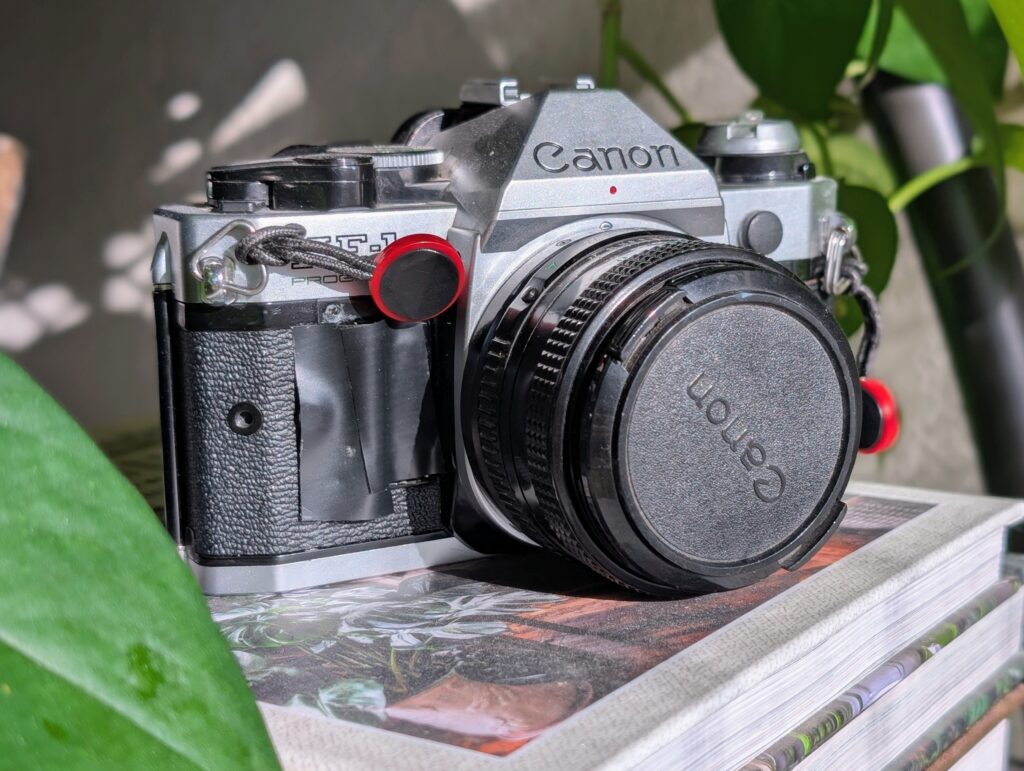




Comments
Martin south of France on Zeiss 50mm f/2 Planar vs Jupiter-8 50mm f/2 – by Simon King
Comment posted: 14/07/2018
Comment posted: 14/07/2018
Terry B on Zeiss 50mm f/2 Planar vs Jupiter-8 50mm f/2 – by Simon King
Comment posted: 14/07/2018
Nothing is sharp, images are so de-saturated and soft as to make me think this may just as well have been shot on 50 year-old out dated film. So what's going on here?
To show I'm talking through my backside, I'm opting for the image on the left as the Planar. The right-hand image has a warmer rendition (on my monitor at least) and which I suspect is the older Jupiter. Kudos for aligning each image perfectly; all the reference points I used are spot on, I don't know how you did it, but it did make me wonder if it was a trick question. :D)
Comment posted: 14/07/2018
Comment posted: 14/07/2018
Comment posted: 14/07/2018
Comment posted: 14/07/2018
Comment posted: 14/07/2018
Comment posted: 14/07/2018
Comment posted: 14/07/2018
Julian Higgs on Zeiss 50mm f/2 Planar vs Jupiter-8 50mm f/2 – by Simon King
Comment posted: 14/07/2018
Comment posted: 14/07/2018
JONATHAN MACDONALD on Zeiss 50mm f/2 Planar vs Jupiter-8 50mm f/2 – by Simon King
Comment posted: 14/07/2018
Comment posted: 14/07/2018
Daniel Castelli on Zeiss 50mm f/2 Planar vs Jupiter-8 50mm f/2 – by Simon King
Comment posted: 15/07/2018
I enjoyed the article and the timing of the posting. I like the look of the photos taken w/the Jupiter, but I don't know I'd make it a prime optic for all my work.
I've got a love/hate relationship with the 50mm focal length. About 3 years ago, I shot for an entire year with a 50mm 'cron on my M2. I had hoped for some moment of epiphany during the year, but it never happened [I sold the Summicron the following year.] The funny thing, however is that I also have a Nikon FE2 fitted w/a 50mm f/1.8 pancake lens and I have no issues with that kit. It's just working with the rangefinder. I currently use the wide-angle brother of the planar: the 35mm Biogon f/2.0 zm. The Zeiss lenses are just so nice to work with. If I do succumb to the charms of the 50mm, I'd get the Planar.
BTW, I did enjoy your pics of ComicCon w/the CL.
Comment posted: 15/07/2018
Tony K on Zeiss 50mm f/2 Planar vs Jupiter-8 50mm f/2 – by Simon King
Comment posted: 15/07/2018
One comment: I've never understood the idea of having a 'disposable lens' that you supposedly don't have to worry about getting rained on or stolen, as you say. Unless you're using it on a really cheap non-Leica body, I'd be much more worried about the Leica body that it's attached to which is worth hundreds or thousands of dollars/pounds.
Comment posted: 15/07/2018
Comment posted: 15/07/2018
James Passmore on Zeiss 50mm f/2 Planar vs Jupiter-8 50mm f/2 – by Simon King
Comment posted: 23/06/2020
You should buy another one and try it. You will be happily surprised.
Comment posted: 23/06/2020
David Murray on Zeiss 50mm f/2 Planar vs Jupiter-8 50mm f/2 – by Simon King
Comment posted: 19/08/2020
Filters for the Zeiss lens on the Contax - 40.5mm fit the J8. I didn’t like the rendition in colour from this lens when I first used it on the 111. Since then it’s been mono, XP2, Tri-X and FP4. I’ve tested the focus on the J8 with the Leica 50mm f2.8 and it’s spot on. Of course, not everyone wants razor sharp images do they?
Time was you could not give away early Rolleicord cameras with the 3 elements Triotar lens. Everyone wanted the Zenar lens from Schneider from the IV onwards. I get truly excellent results from my ‘Cord IV.
People discovered that in portraiture, with fine grained mono film, the Triotar lens gave them a certain look that could only be obtained by a very expensive Nikon lens with a defocus facility. I seem to think it’s called DC. Now that lens alone is some £1500 but you can get a working Rolleicord 1a, 11 or 111 for £89 plus carriage at Ffordes of Inverness.
Deryck Lewis on Zeiss 50mm f/2 Planar vs Jupiter-8 50mm f/2 – by Simon King
Comment posted: 31/03/2021
Comment posted: 31/03/2021
Morten Edvars on Zeiss 50mm f/2 Planar vs Jupiter-8 50mm f/2 – by Simon King
Comment posted: 25/08/2025
https://www.flickr.com/photos/192035968@N05/albums/72177720309943843/with/53058458330